
Persian
Persian
Persian
Manga, anime, etc… What cat do you think of when you imagine a pet that is kept in a rich family’s house? That’s right, it’s Persian! Persian, which often appears in cat food commercials, has a strong image of being an elegant cat, doesn’t it? Why don’t we explore together the surprising personality of Persian and the reason why it is actually called ‘the king of cats’?
Persian Basic Infomation
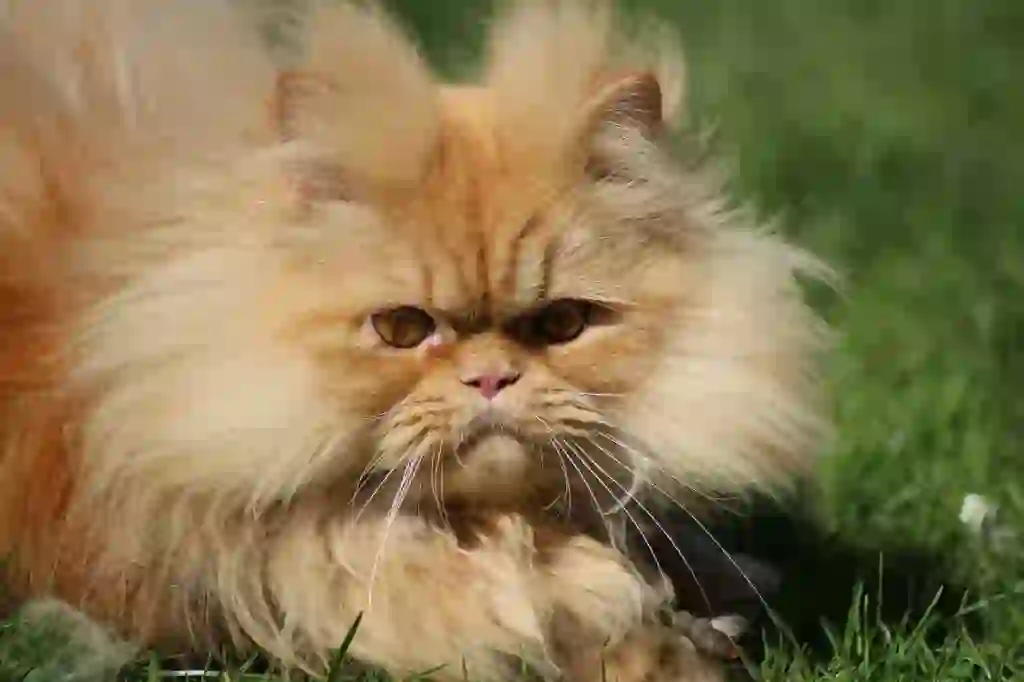
Country of origin Afghanistan.
Length 60-80cm.
Weight male : 3-5.5kg female : 3-5kg.
Persian cats are well-known for their very old history. According to one theory, they started from Persia (now Iran) in the 16th century and were brought into Italy by merchants through Turkey.
But, according to the latest research, it was announced that Persians may have been born in Western Europe. Actually, the origin of Persians is not clearly understood even now.
And when it became the 18th century, the number of people who bred Persians among the wealthy increased, and when they appeared in cat shows that were held in Britain, their popularity quickly rose.
After that, not only in Britain but also in Italy and France, breeding of Persians became popular, and when it entered the 19th century, they spread to America as well.
Persians originally had the characteristic of having short noses, but after the 20th century, with the purpose of wanting to give birth to Persians with even shorter noses, new crossbreeding was carried out.
But having a short nose also means that the head becomes short at the same time, and for that reason Persians that were born with extremely small facial features look like Pekingese dogs and are called “Peki-faced”.
But Persians with this kind of facial features often have health problems such as becoming short of breath or having tearful eyes. For that reason, in recent years there are more people who are careful not to do unreasonable crossbreeding.
By the way, Persians are also called “the king of cats”, but that is not only because they have a dignified and graceful appearance, but also because it is said that Persians were involved in the birth of various cats such as British Shorthair, Exotic Shorthair, Himalayan and so on.
There was such a reason why Persians were called the king of cats who were involved in the birth of other breeds.
Persian Q&A

Where does the Persian name come from?
It is said that they were named after Persia, the name of the country, because long-haired cats that were brought from Persia (now Iran) became the origin. But as I introduced earlier, the clear origin of Persians is not known, so this derivation seems to be nothing more than a hypothesis.
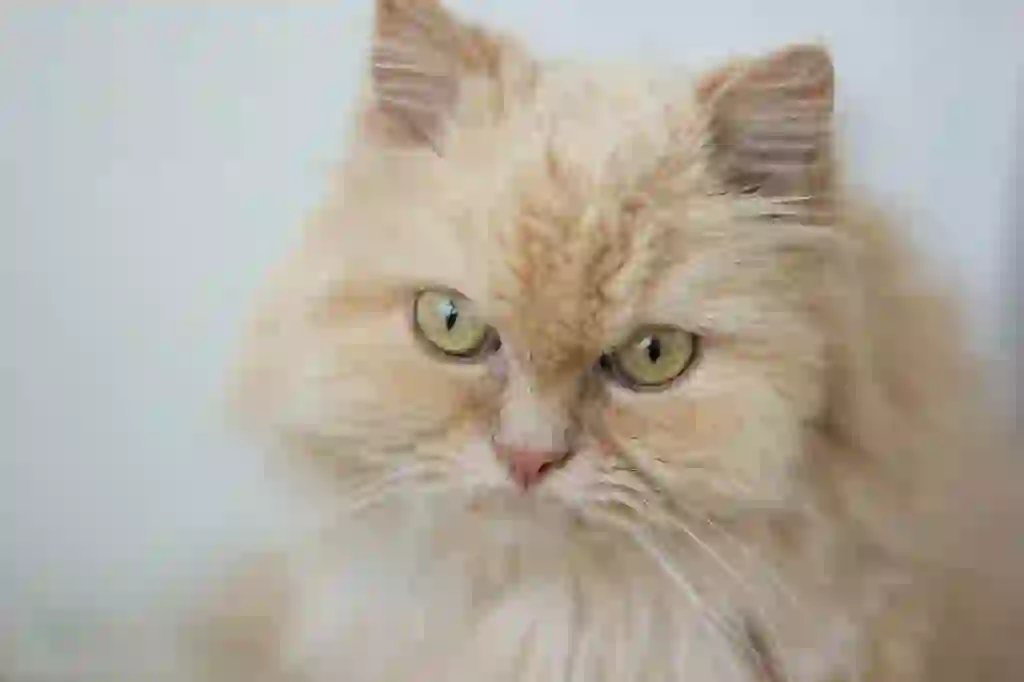
What are the color variations of Persian?
There are blue, black, cream, white, chocolate, red, lilac, silver and golden.
・Solid color. The whole body is one color, such as the face, body, legs and tail.
・Tabby. There are stripe patterns or spot patterns all over.
・Silver & golden. Only the tips of the hair have color, and the base is white or light color.
・Smoke & shaded. The tips of the overcoat have color for 1/2, and the remaining 1/2 is white.
・Parti-color. Two colors of hair are randomly mixed.
・Calico & bi-color. 1/2 or 1/3 of the body is white and the rest is two or more colors of hair.
・Tabby & white. 1/2 or 1/3 of the body is white and the rest is stripe patterns or spot patterns.
・Pointed. Some parts of the body have color, such as the head, ears, legs and tail.
There are blue, sapphire blue, gold, green, copper, hazel, odd eye.
Persian cats are only long-haired.
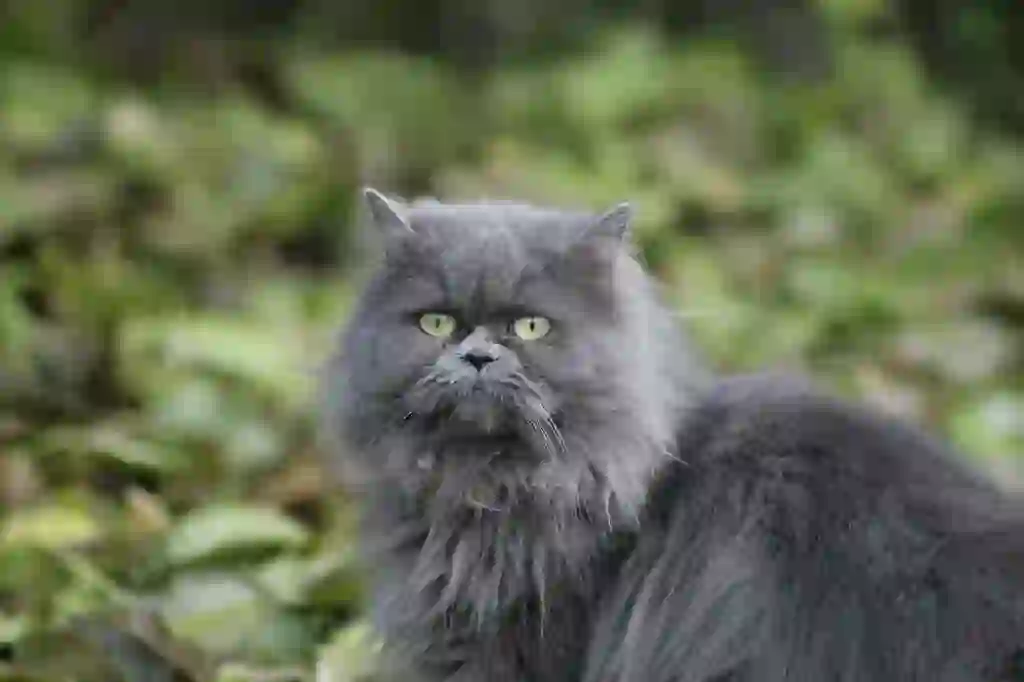
What does Persian look like?
The shape of the head is a wide dome, and the body type is called cobby. The large and round eyes, and the small and round ears are set low. The sturdy legs are slightly short.
They have a medium-sized, boned and muscular physique, and they may look fat at first glance, but they are actually surprisingly slim because they are covered with fluffy and voluminous hair.
The characteristic coat has a very smooth touch. Also, the hair that grows from the neck to the chest, called ruff, is a charm point.
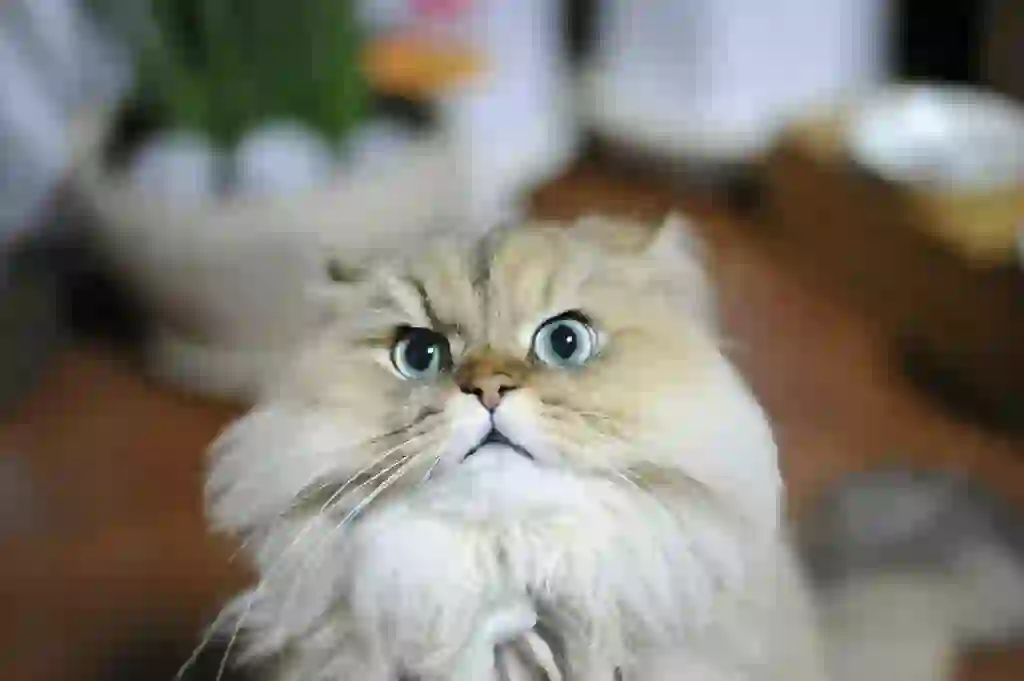
Why is the Persian nose short and crushed?
The origin of Persians is still unclear in many ways, so why they have short noses is actually unknown in detail.
If Persians were naturally occurring, some kind of mutation may have occurred in their bodies and their noses may have become shorter.
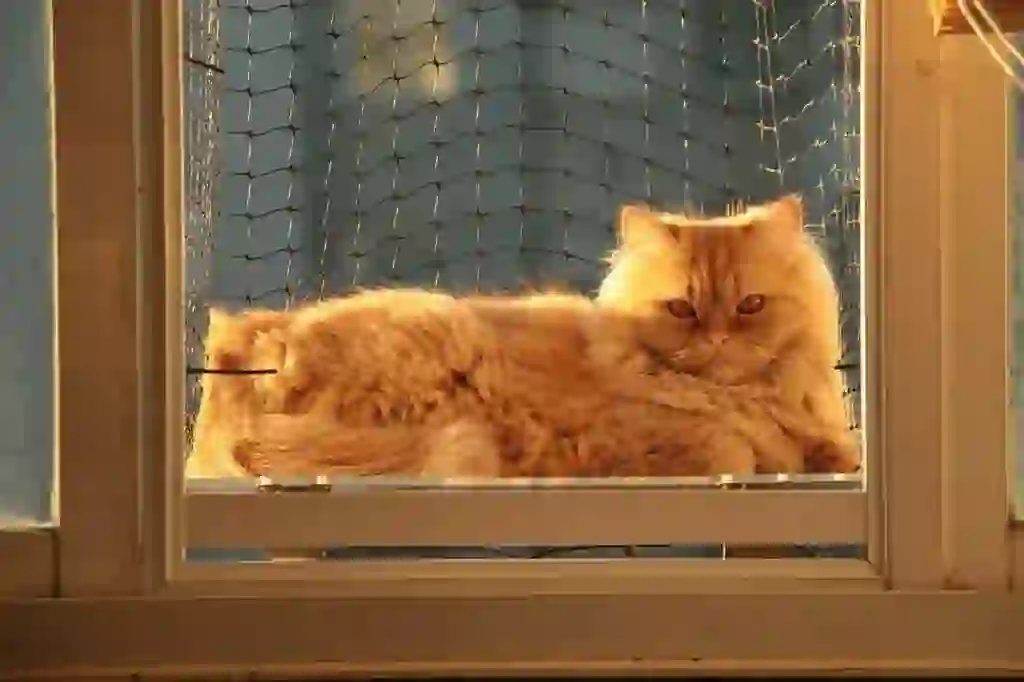
How long does it take to buy Persian?
When keeping animals, you may need to follow the laws set by the country. This time, I will talk about keeping a Persian cat at home in Japan. If you buy from a breeder or a cattery, it will cost 100,000 to 400,000 yen. The advantage is that you can check what kind of environment they grew up in and what kind of cats their parents are.
Also, the trustworthiness depends on the personality of the breeder, so it is desirable to visit after making a reservation.
In the case of pet shops, there is a wide range of 50,000 to 400,000 yen, but depending on the case, you may be able to keep the price slightly lower than buying from a breeder. However, some may breed indiscriminately, so you may want to avoid buying from a shop where the origin of the breeding is not clear.
Persians are popular cats in Japan, so it is common to cost at least several hundred thousand yen. In addition, I will introduce some conditions that make the price vary more.
・Being a kitten. ・Having excellent bloodlines. ・Having rare colors or patterns. (If the body color is silver or gold and the eye color is green or blue, they are called chinchilla Persians and they are expensive.)
There are other conditions, but it seems that there is a tendency for the price to increase if they meet the above conditions.
Also, there may be cases where they are looking for foster parents for adult cPersians. The price is often within tens of thousands of yen as the cost of going to the hospital, so if you are not particular about kittens, why not consider it as one of the candidates?
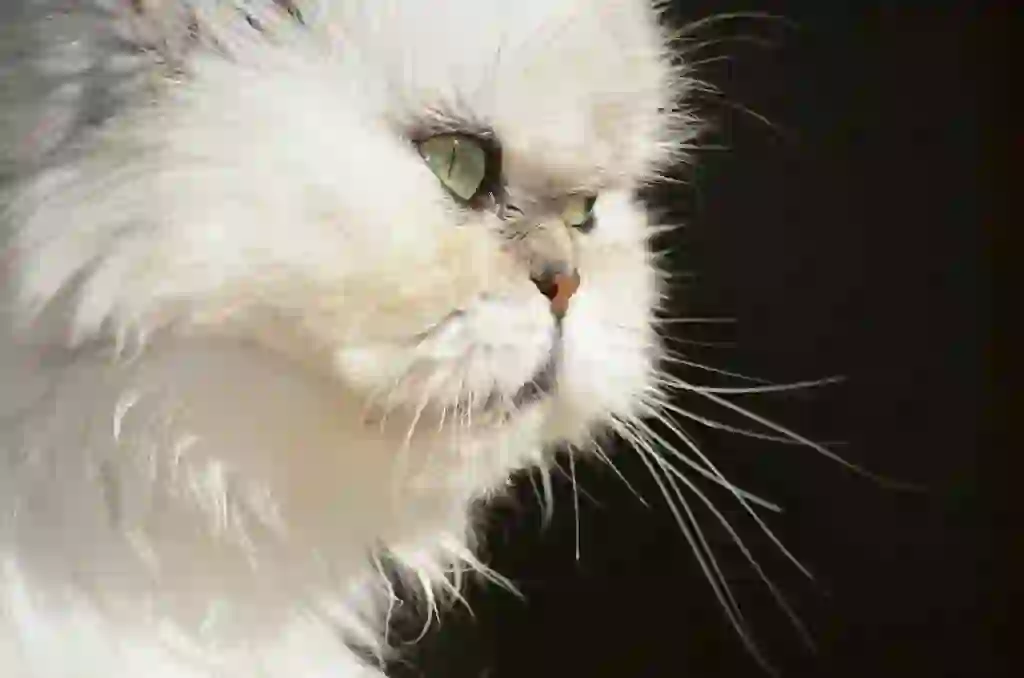
I want to know more about the character and characteristics of Persian!
Persians, which were popular among the wealthy in the old days, may have an image of being a bit snobbish.
In fact, they are certainly elegant, but they are not selfish cats, but rather gentle and calm. They are laid-back and have their own pace, and they are cats that get attached to their owners.
They are also smart, so they are easy to train, and they are suitable for beginners who keep cats for the first time.
They don’t want to be with their owners all the time, but they want to spend time with a moderate distance, so they have a sense of independence. For those who want to live with a moderately relaxed cat, they may be a good match.
They don’t make loud noises very often, so they are easy to keep in apartments or condominiums.
They are not the type of personality that runs around energetically, but they love to sleep. Therefore, they seem to be a bit weak at climbing high places or playing with exercise compared to other breeds.
Persians are said to have a relatively high degree of independence, but males tend to be more spoiled.
On the other hand, females seem to have a little moody part compared to males. Of course, there are individual differences in personality, so it is better to remember the personality differences between males and females as a reference.
Persians rarely make loud noises, but when females are in heat, they may start to cry loudly. This is not much different from other breeds, so it is better to have them spayed if possible.
In the case of males, neutering can also prevent marking by spraying urine.
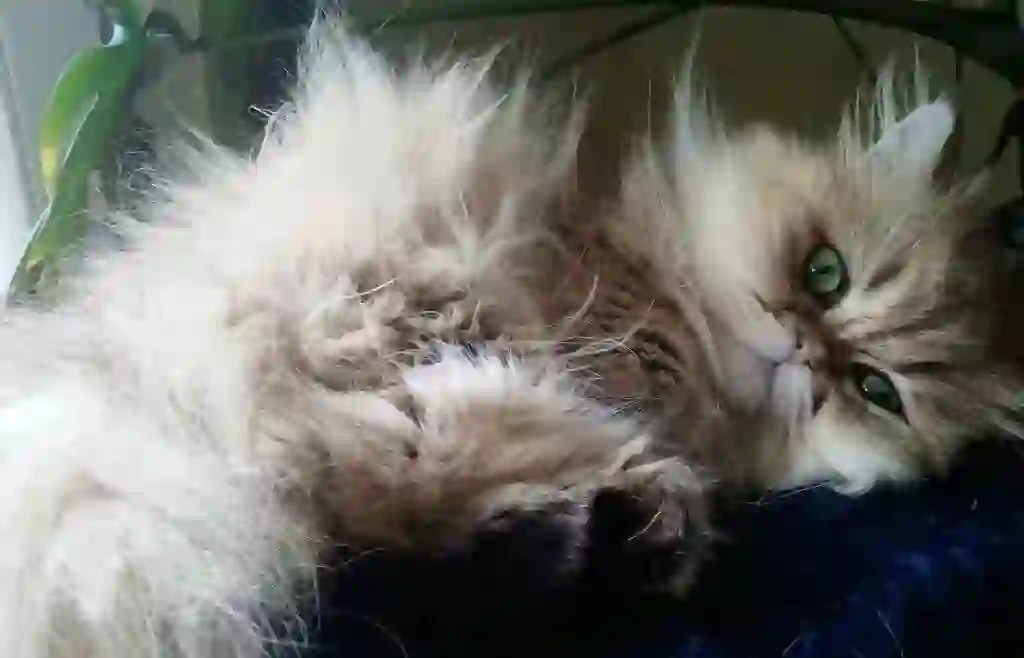
What are the diseases that Persian are susceptible to?
Some of the diseases that Persians are prone to are “hairball syndrome”, “hypertrophic cardiomyopathy”, and “polycystic kidney disease”.
This is a disease that causes symptoms such as vomiting when the hair swallowed by grooming accumulates in the digestive organs such as the stomach and intestines. Normally, the swallowed hair is excreted with feces if it is a small amount, but it becomes difficult to excrete when the amount of hair increases.
As a result, the hairballs that cannot be excreted can only be expelled by vomiting. Cats originally vomit hairballs once a month or every few months. This is a phenomenon seen in healthy cats, so there is no need to worry excessively, but if you observe that “the number of times you vomit hairballs has increased. Or the behavior of trying to vomit has increased.” In this case, there is a possibility that you have hairball syndrome, so you should see a doctor.
Especially for long-haired cats like Persians, you need to be careful because they swallow a lot of hair. Also, hairball syndrome is said to be preventable by brushing by the owner.
It also leads to important skinship, so please try to brush regularly. However, some cats may hate brushing, so in that case, it is better to do it little by little while watching the situation.
This is a disease that causes the heart muscle to thicken and prevents the heart from contracting properly. It often occurs due to genetics, so no specific prevention methods have been found yet.
After the onset, there may be no noticeable symptoms, so you may have a thrombosis when you notice it, and in the worst case, it may lead to death.
So, what can you do to detect the disease early? The conclusion is that it is important to have regular health checkups. Hypertrophic cardiomyopathy is difficult to cure because there is no groundbreaking treatment yet, but the sooner you do it, the more possible it is to delay the progression of the disease by symptomatic treatment.
This is a disease that causes many cysts to form and may cause “renal failure” in the worst case.
No specific prevention methods have been found for polycystic kidney disease either. Especially for elderly cats, the incidence rate is high, so regular health checkups can lead to early detection. Here too, the sooner you do it, the more possible it is to delay the progression of the disease by symptomatic treatment.
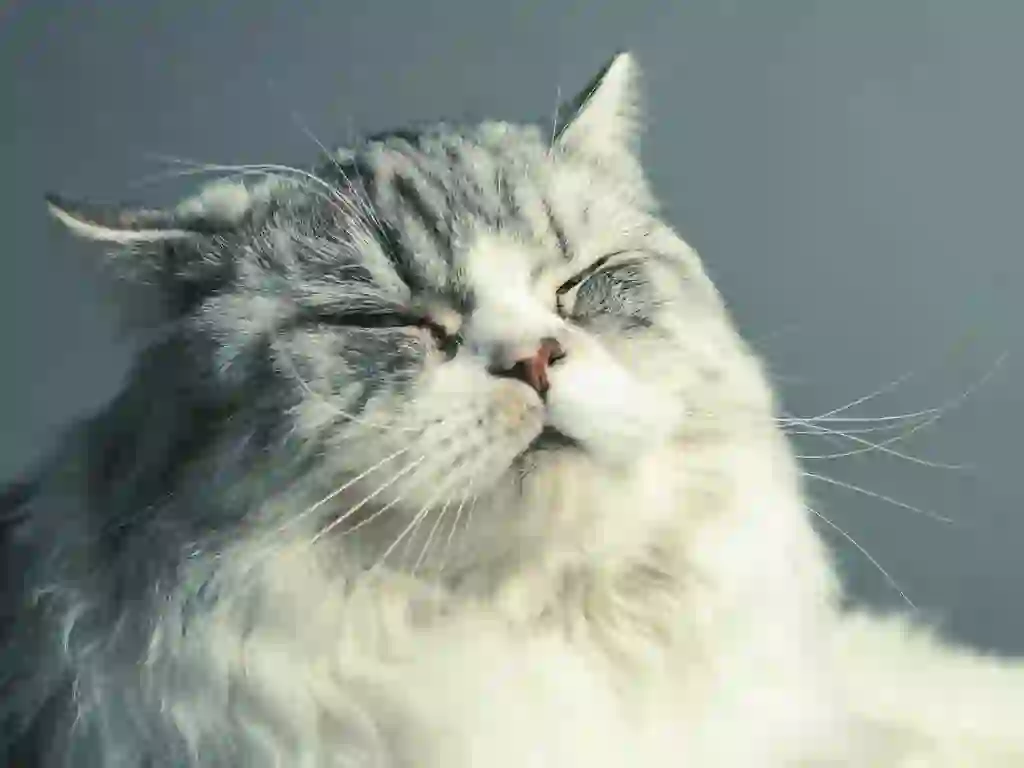
What is the lifespan of Persian?
The lifespan of Persians is said to be 16 to 18 years. The average lifespan of cats is 12 to 16 years, so they are very long-lived cats if you take care of their health problems.
By the way, it is said that females have a slightly longer lifespan than males.

Would you like to become a part of the 'Animalbook.jp'?
Turn your knowledge into Q&A and share it with the world. ※Publication will be activated after purchase. Let's share information together!
Persian Type of List
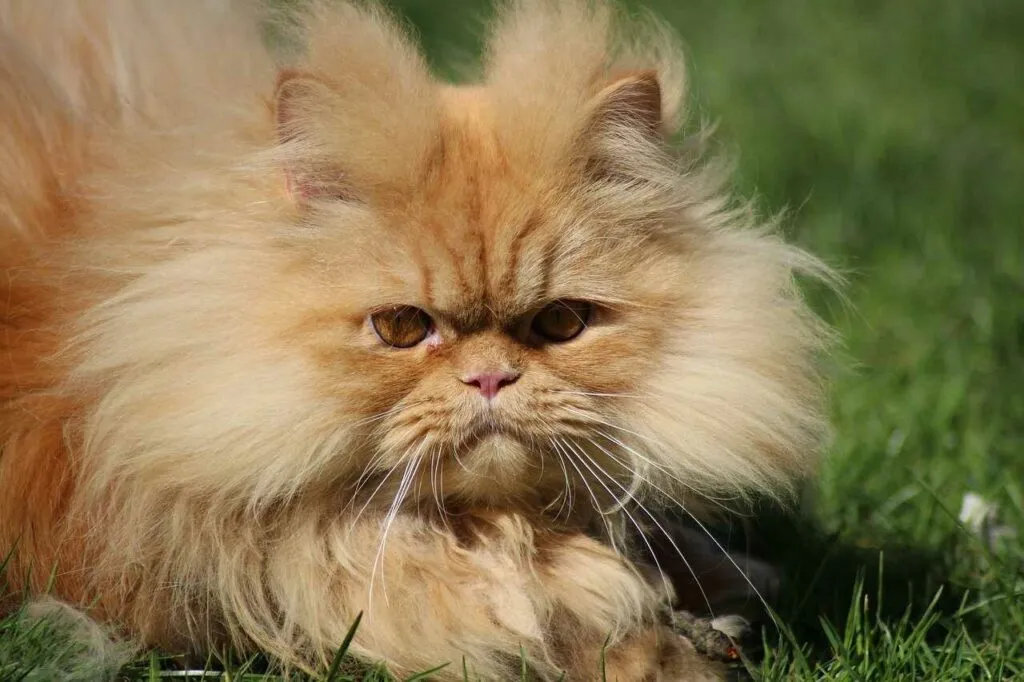
- Persian
Information
Congratulations! You are the first commenter!

Create Your Favorite List!
Persian
Save the animals you love! Build your own list to quickly revisit your favorites later.

Would you like to leave a comment?
※Please note: This is for the purchase of rights to post comments within the article.
Find Your Favorites!
Our shop offers a unique and attractive selection of goods themed around various animals.
Persian References

- まるごとわかる猫種大図鑑 監修:CFA公認審査員 早田由貴子
- 世界中で愛される美しすぎる猫図鑑 監修 今泉忠明
- The Cat Fancier's Association, Inc. https://cfa.org/persiann/
- 猫との暮らし大百科 https://www.anicom-sompo.co.jp/nekonoshiori/
- みんなの猫図鑑 https://www.min-nekozukan.com/
- Pet Smile news forネコちゃん http://psnews.jp/cat/
- 子猫のへや https://www.konekono-heya.com/sitemap.html
- pepy https://pepy.xsrv.jp/13989
- ねこちゃんホンポ https://nekochan.jp/
- 公益社団法人 埼玉県獣医師会 https://www.saitama-vma.org/topics/猫の遺伝性疾患について/
Persian Introduction of media used

出典:https://pixabay.com/images/id-3310799/

出典:https://pixabay.com/images/id-5457317/

出典:https://pixabay.com/images/id-2538281/

出典:https://pixabay.com/images/id-3494225/

出典:https://pixabay.com/images/id-5584010/

出典:https://pixabay.com/images/id-2865025/

出典:https://pixabay.com/images/id-5457022/

出典:https://pixabay.com/images/id-1897228/

Help Enrich Our Animalbook.jp with Your Media!
We are constantly looking to expand and enrich our Animalbook.jp with amazing photos and videos of animals. If you have any media that you'd like to share, please contribute and help us showcase the beauty and diversity of the animal kingdom. Your submissions will be credited and featured in our encyclopedia, reaching a wide audience of animal lovers.


















